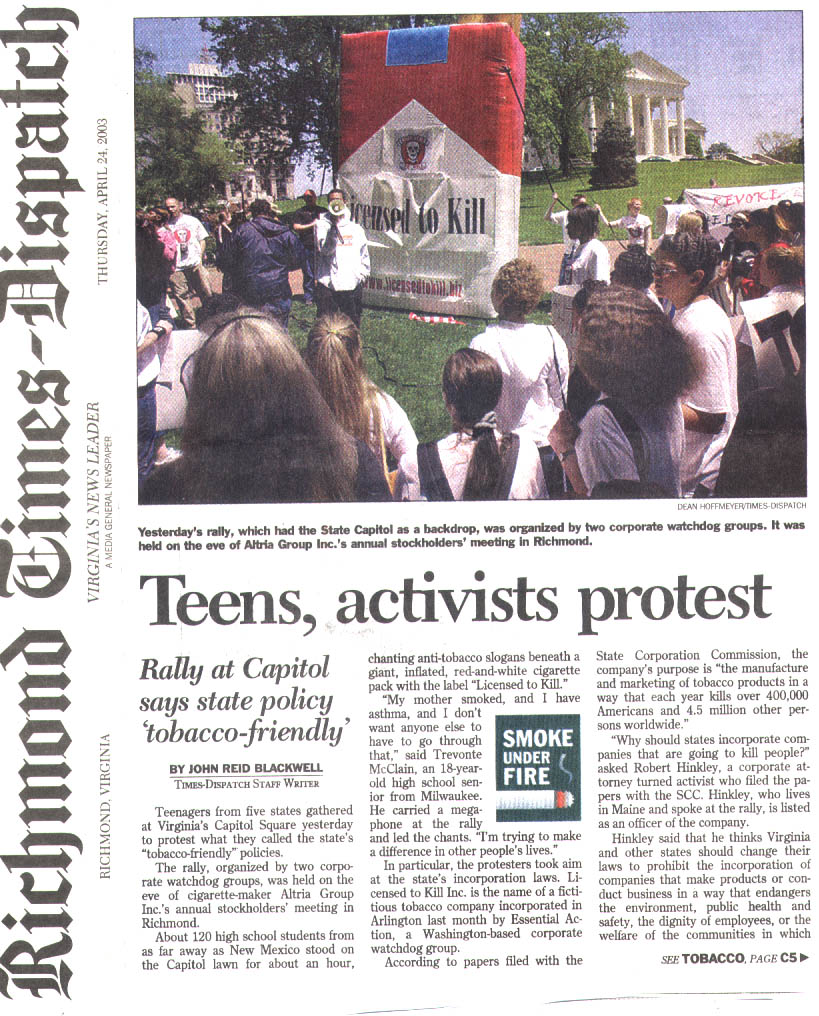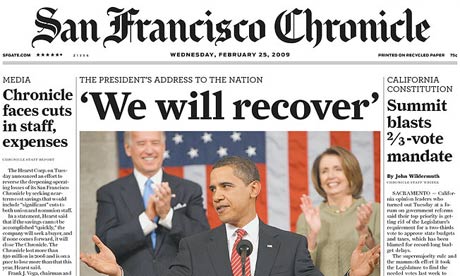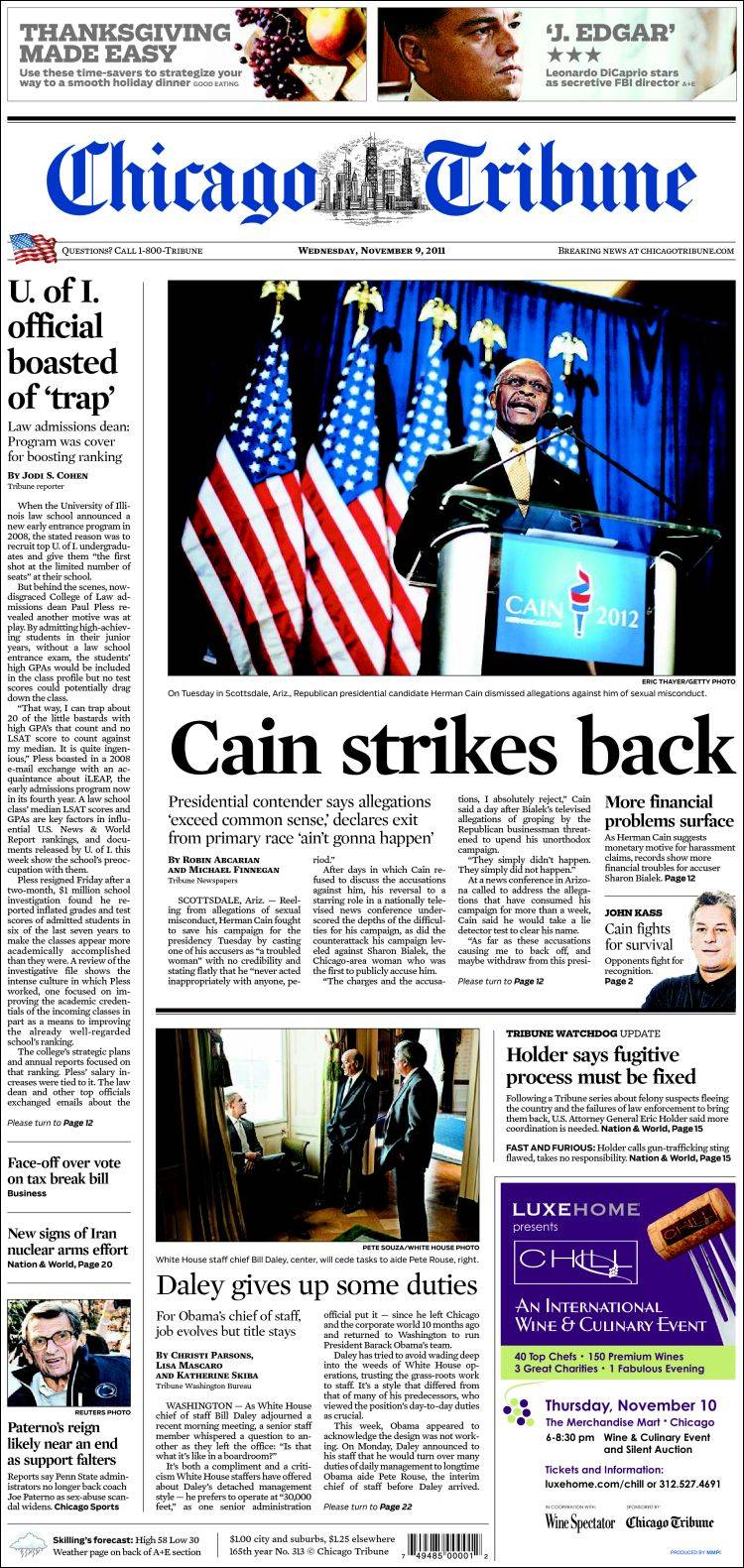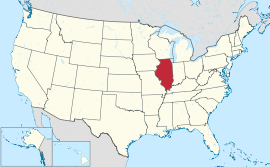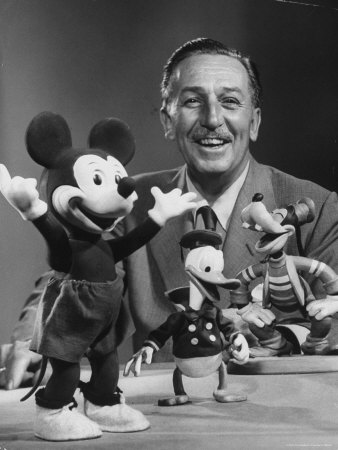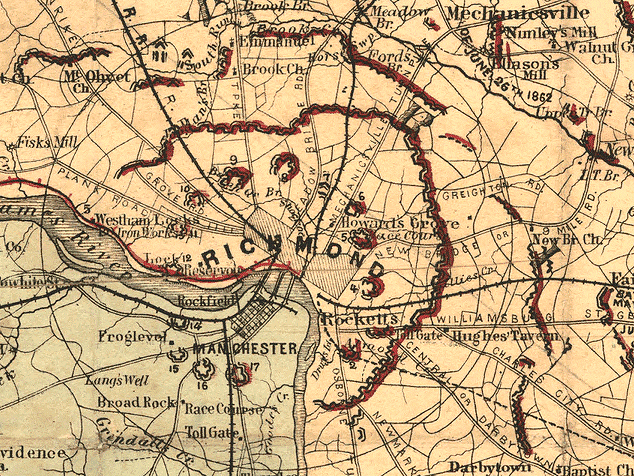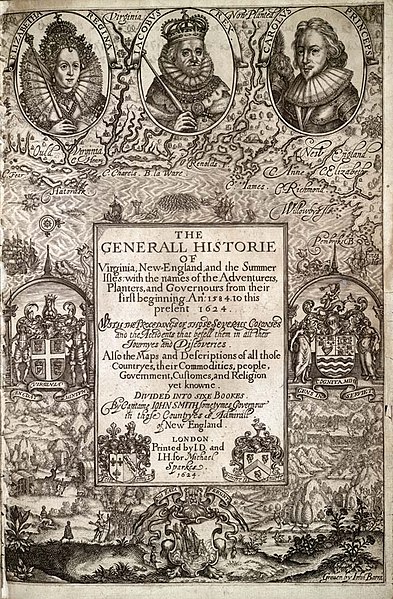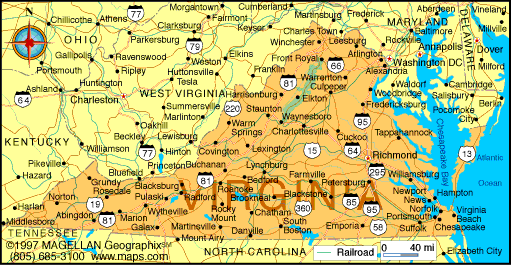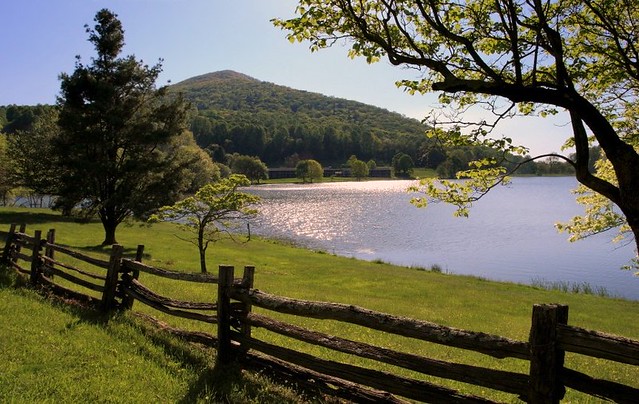Media of the United States consist
of several different types of communications media: television, radio, cinema,
newspapers, magazines, and Internet-based Web sites. The U.S. also has a
strong music industry. Many of the media are controlled by large for-profit
corporations who reap revenue from advertising, subscriptions, and sale of copyrighted material.
The most famous newspaper of Virginia is 'Richmond Times Dispatch'
This newspaper is fully
inform residents of Richmond
Because it has many
different categories : Sport, Business, Weather, Entertainment, Jobsmarket etc.
You can read this
newspaper on-line here:
In North Dakota is extended
‘Dakota coutry magazine’
Most sections of the
magazine devoted to nature.
 'San Francisco Chronicle' is a daily newspaper for the
greater San Francisco area. Includes global news, regional information,
classifieds, and entertainment.
'San Francisco Chronicle' is a daily newspaper for the
greater San Francisco area. Includes global news, regional information,
classifieds, and entertainment.
There is always accurate
for intriguing headlines.
Here you can find
information on any taste.
You can read it here: http://www.sfgate.com/
This is a daily newspaper
that talks about specific events.
Here is this newspaper : http://www.chicagotribune.com/

